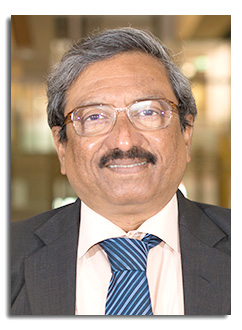
Abstract
The unique physical and chemical properties of quantum dots, quantum wires and multilayers originate from the quantum confinement effect that manifests at lower than three dimension. Quantum structures with man-made superlattices were launched almost four decades ago with compound semiconductor heterostructures and epitaxial growth facilities. Later the field of quantum devices, from quantum wells to quantum dots and ultimately to nanoelectronics, took off. Following the discovery of graphene, the field of two-dimensional nanostructures have become one of the most active fields and significant effort has been directed towards research on various such graphene-inspired layered compounds where quantum confinement effects play a crucial role.
The need for focused experimental-cum-theoretical research programmes on quantum structures emanated, in order to meet the ever increasing demand on high-performance materials and devices. New fields such as spintronics came to the forefront, because of their application potential in devices with new functionalities. In order to have a microscopic understanding of these confined systems having dimensions ~nm to tens of nm, it is necessary to carry out large scale simulations in electronic and atomistic level. In this talk, I shall give an overview of the physical and chemical properties of such nanostructures, highlighting the expectations as well as challenges faced in this emerging branch of science.
Click here to see all available video seminars.
Click here to go to the SPREE HOMEPAGE.
Brief Bio
Prof. G.P. Das is a condensed matter physicist and a materials scientist working as a senior professor in the Indian Association for the Cultivation of Science (IACS) in Kolkata. His research interests span a wide cross-section encompassing electronic structure and properties of various kinds of alloys, interfaces, clusters, and nanostructured materials. He has been working on hydrogen storage materials, spintronics materials, and 2-dimensional nanostructures beyond graphene. He has authored and co-authored more than 150 research publications in peer reviewed journals, book chapters etc. Prof. Das served as visiting scientist in Max Planck Institute Stuttgart (Germany), Virginia Commonwealth University, Richmond (USA), Institute of Materials Research, Sendai (Japan). He has spearheaded a number of national and international programmes and initiatives, such as the Asian Consortium for Computational Materials Science (ACCMS), Asian Hydrogen Storage Initiative, a Coordinated Research Programme on Spintronics materials etc. He is recipient of several awards, including the ACCMS award in 2013 and the Materials Research Society (MRSI) silver jubilee award in 2014.
